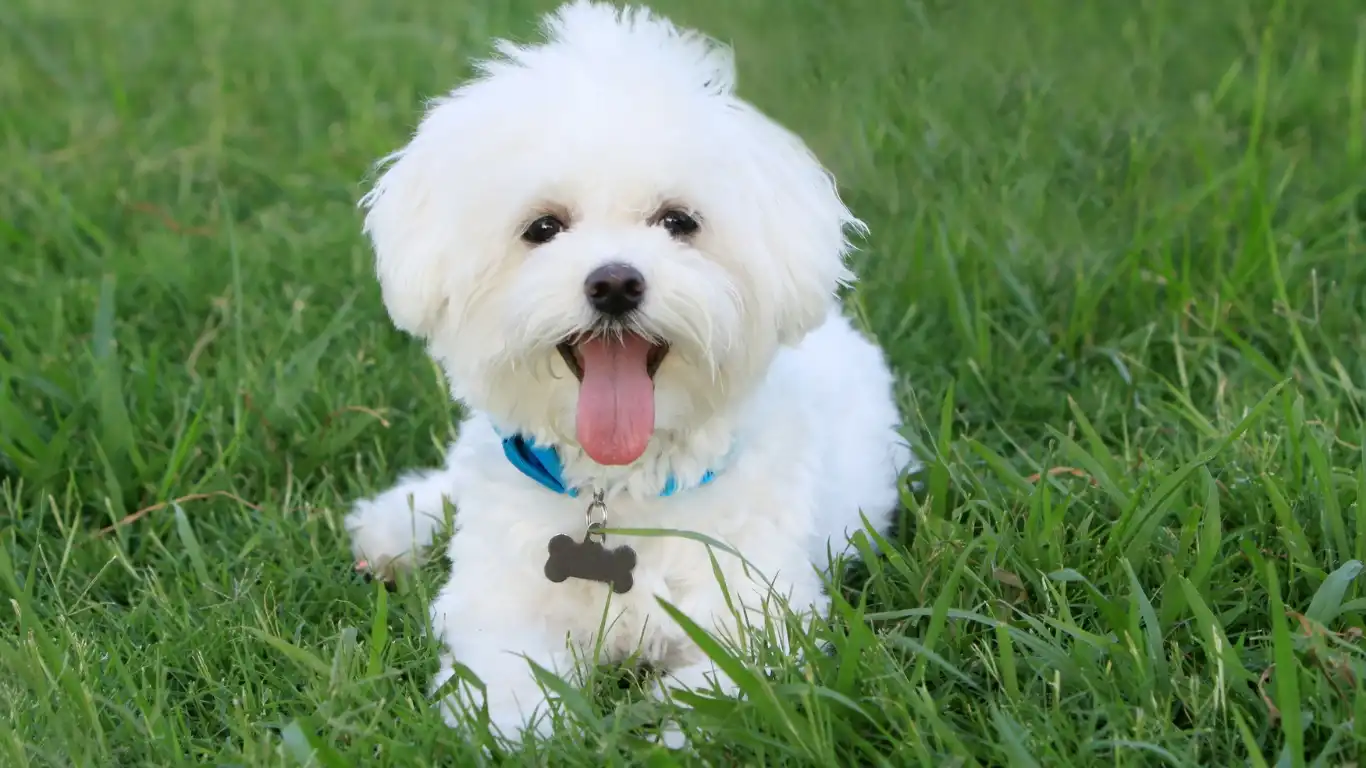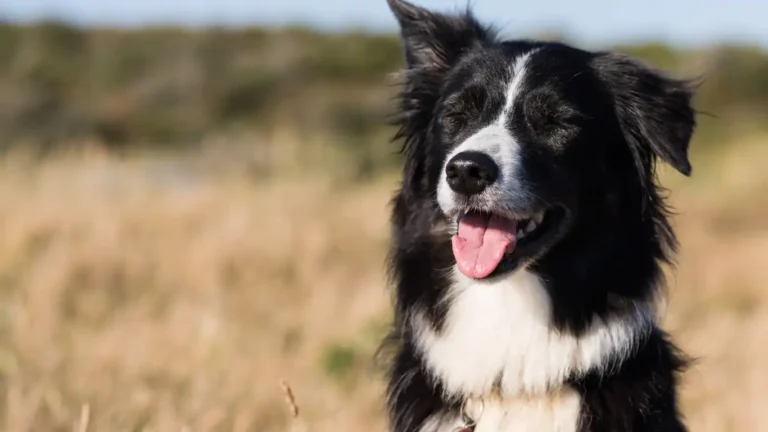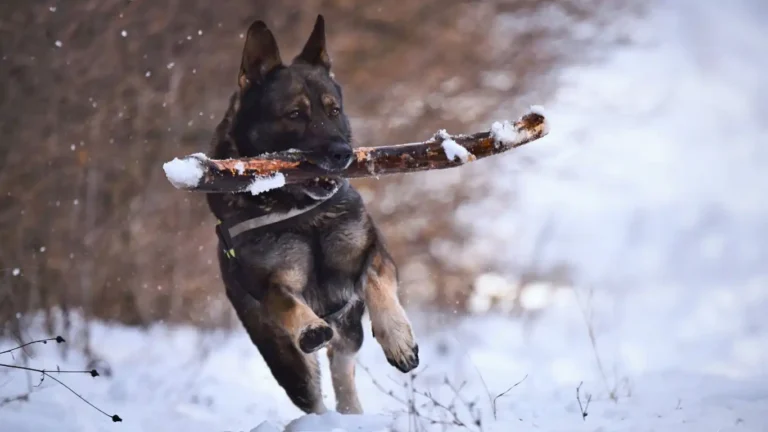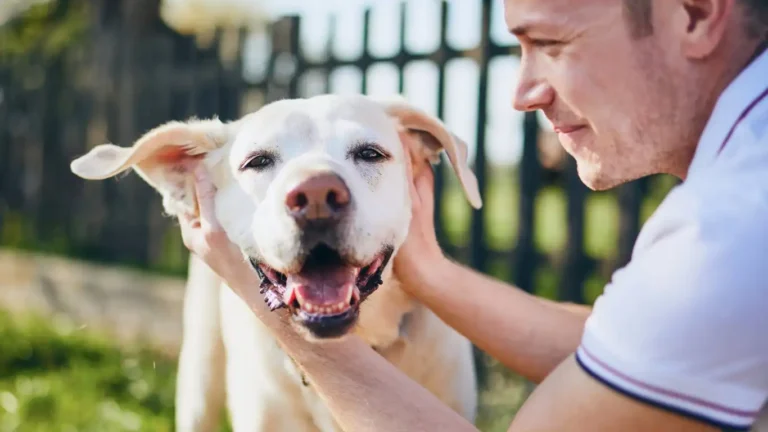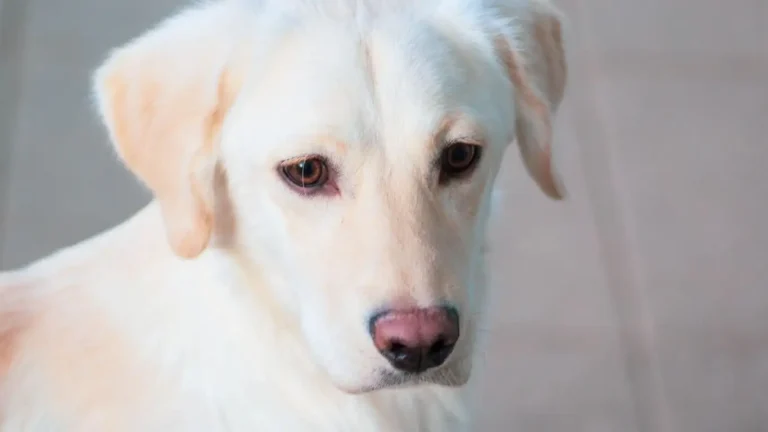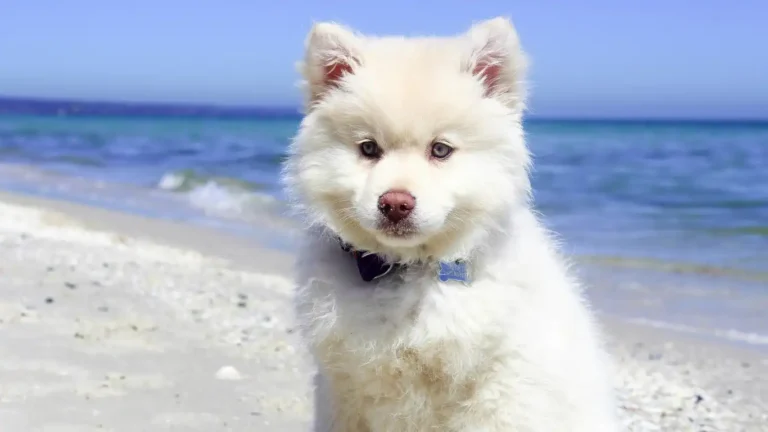How to Bathe a Dog That’s Afraid of Water Without Stress
Let’s be real—bathing a dog that’s afraid of water can feel like trying to shampoo a tornado. I’ve been a Veterinary Technician and Nutrition Specialist for years, and believe me, I’ve had my fair share of splash fights and escape attempts in the exam room’s tub. Whether it’s the sound of running water, the feel of slippery tiles, or just general bath-time trauma, some pups act like you’re tossing them into a shark tank instead of a warm bath. But trust me, with a little know-how, patience, and a dash of creativity, you *can* turn bath time from a panic-inducing ordeal into something (dare I say) tolerable—even enjoyable. Let’s dive into some practical, vet-approved tips on how to bathe a dog that’s afraid of water without losing your sanity (or your living room rug).
Why Some Dogs Fear Water
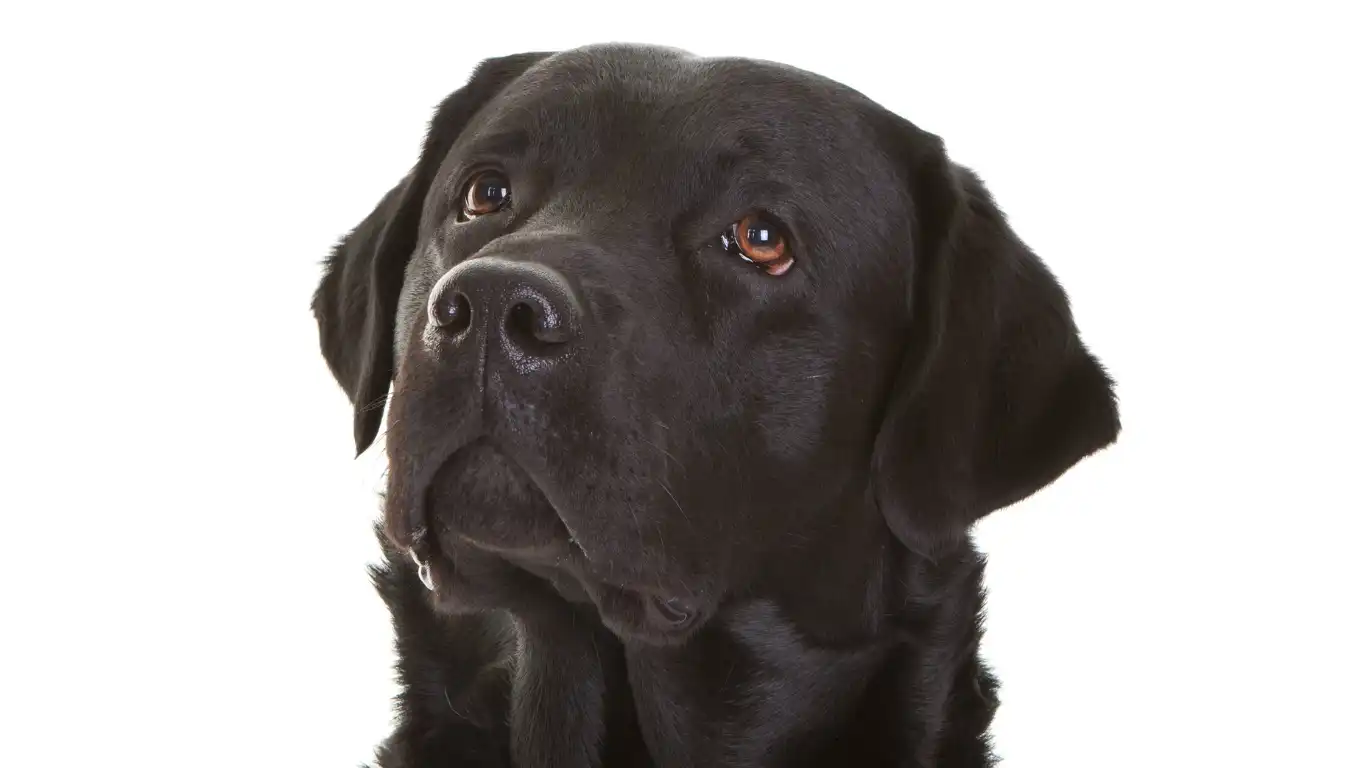
It’s Not Just Being Dramatic
First off, dogs aren’t just being dramatic little divas (even if it *feels* like it when they’re making a scene mid-shampoo). Fear of water can stem from real past trauma, unfamiliarity, or sensory overload. I’ve met dogs that panic at just the *sight* of a hose or hear the bath faucet and go full-on “nope mode.” It’s not bad behavior—it’s legit fear.
Common Triggers
- Loud water sounds – The roar of the faucet or spray nozzle can be overwhelming.
- Slippery surfaces – Paws sliding around? Big no-no for anxious pups.
- Previous bad experience – One accidental face splash as a puppy can stick with them.
- Being restrained – Some dogs hate feeling confined, especially in tubs.
Step 1: Reframe Bath Time as “Chill Time”
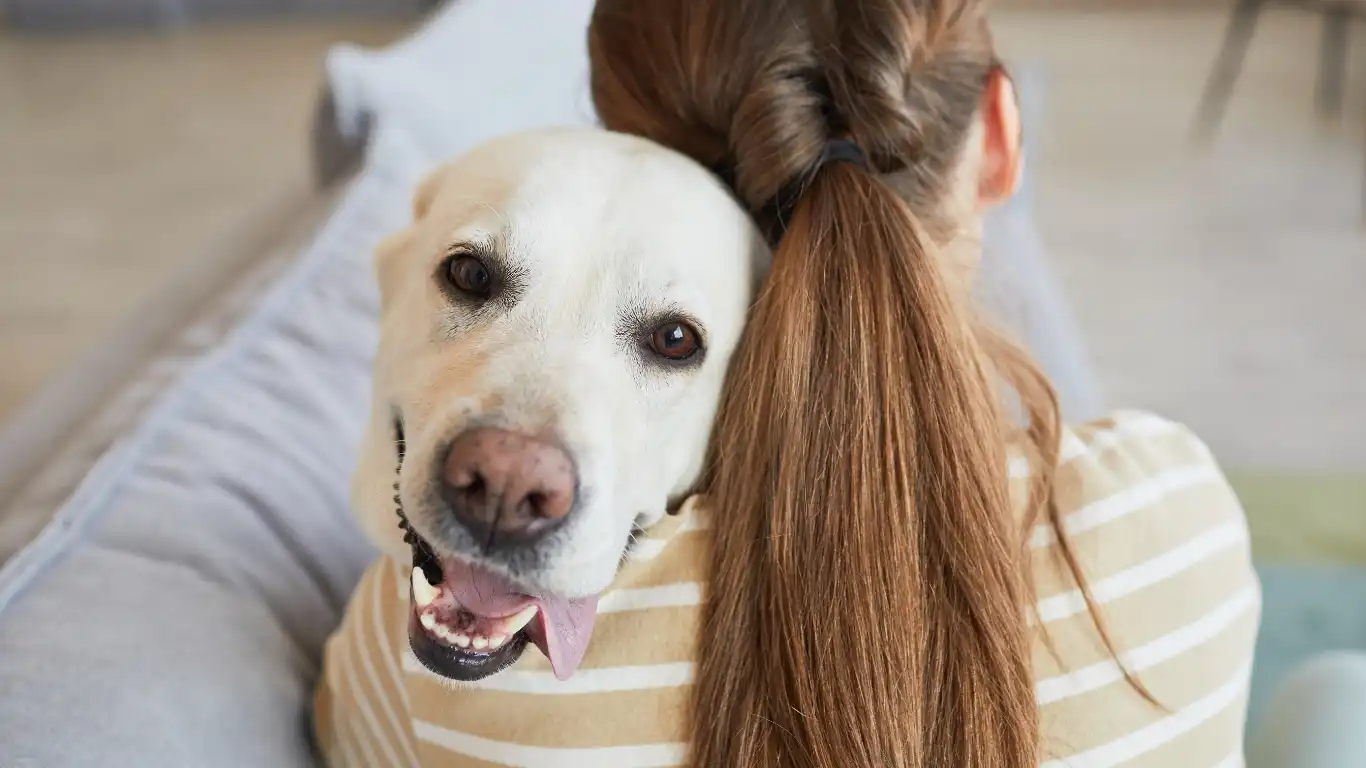
Build Positive Associations
This is something I preach to clients all the time: *Don’t just drag your dog into the bathroom when it’s bath day.* If that’s the only time they go in there, they’re gonna associate it with stress. Instead:
- Bring your dog into the bathroom for some calm hangouts *without* the water involved.
- Give treats, belly rubs, or even meals near the tub.
- Let them explore the space on their terms. No pressure.
It’s all about rewiring that “uh-oh” response into something a bit more like, “Hey, this room isn’t so bad.” I’ve had dogs who were terrified of water start wagging their tails just by changing how we used the space beforehand.
Introduce Water Slowly
We’re not going full soak right away—start slow. I’ve used wet washcloths to dab paws or backs just to get them used to the *sensation* of water. You can even use a small bowl or a cup to gently pour water near them while they’re relaxed.
Step 2: Set Up a Fear-Free Bathing Station
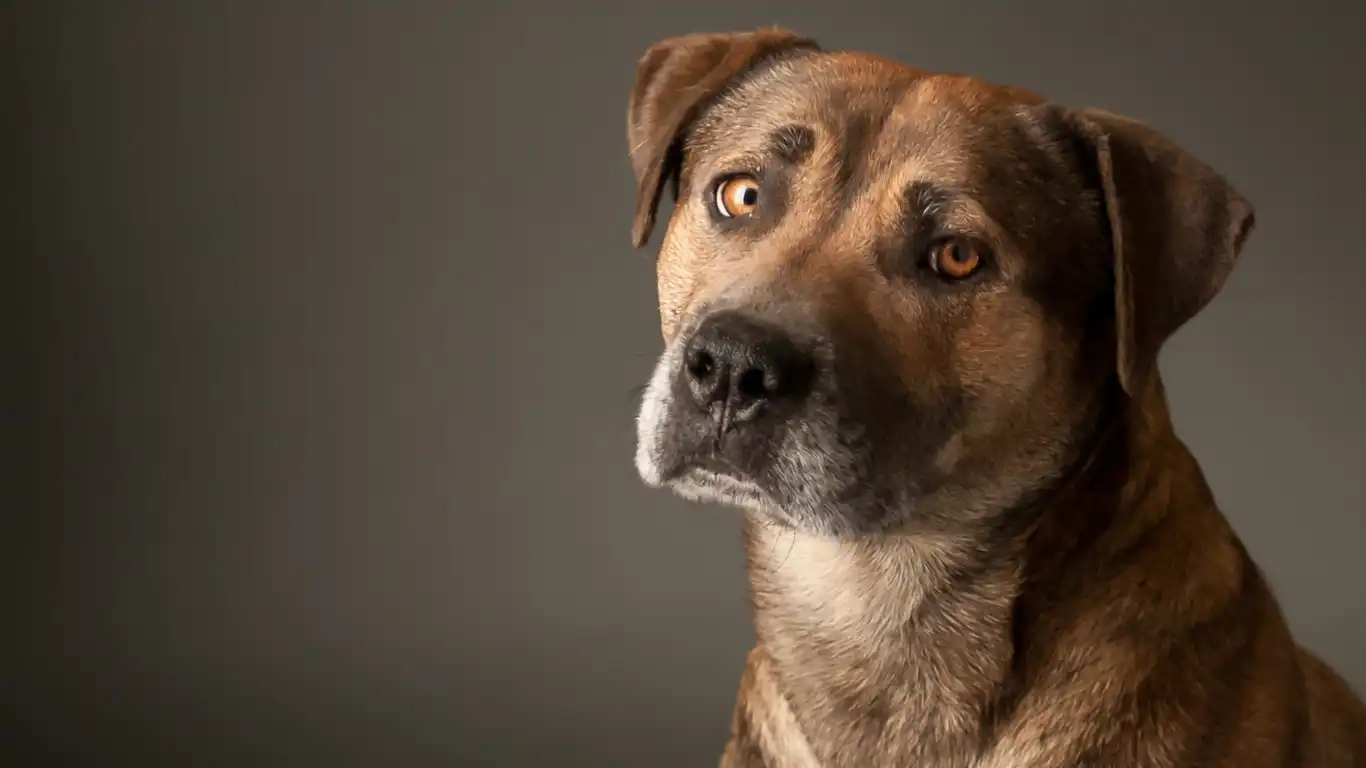
Location, Location, Location
For dogs afraid of water, the tub might not be your best option. Try alternatives like:
- Shower stalls – Enclosed but less intimidating
- Portable pet tubs – Especially the ones with elevated designs
- Outdoors (weather-permitting) – Hose on low pressure and warm water helps
I’ve even bathed smaller dogs in laundry sinks or storage bins—whatever works to make them feel more secure.
Must-Have Gear
A few simple tools can *really* change the game when figuring out how to bathe a dog that’s afraid of water:
- Non-slip mat – No more sliding, more confidence
- Handheld sprayer – Gives you control over water flow and direction
- Detachable showerhead – Worth its weight in gold for gentle rinses
- Natural, calming dog shampoo – Avoid anything with strong scents
- Lots of treats – You’ll need these like fuel on a road trip
Trust me, having the right gear can reduce stress—for both of you. Nothing adds chaos like realizing you forgot the shampoo *mid-soak.*
Pro Tip from the Field
One of my go-to hacks? Smearing a little dog-safe peanut butter on the side of the tub. It’s a tasty distraction that buys you precious minutes while you’re rinsing or scrubbing. Dogs stay focused, and it turns bath time into snack time.
Step 3: Mind Your Energy
Your Vibe Matters
Dogs are super sensitive to energy. If you’re tense, frustrated, or rushed, they’re gonna feel that and respond with their own stress signals. I always tell pet parents: breathe, smile, and stay cool*—even if things get a little chaotic.
Take Breaks If Needed
If your dog’s getting overwhelmed, there’s no shame in pausing. Let them regroup, sniff around, or cuddle up in a towel. You’re playing the long game here, and building trust is way more important than getting them perfectly clean in one go.
Involve a Friend (or Pro)
If it feels like too much, ask a friend to lend a hand or consider a professional groomer who specializes in fear-free methods. There’s no rule that says you’ve gotta do it all solo. I’ve teamed up with plenty of clients for their first few at-home baths—just having someone else there to handle treats, towels, or the hose makes a *huge* difference.
Step 4: Master the Pre-Bath Routine
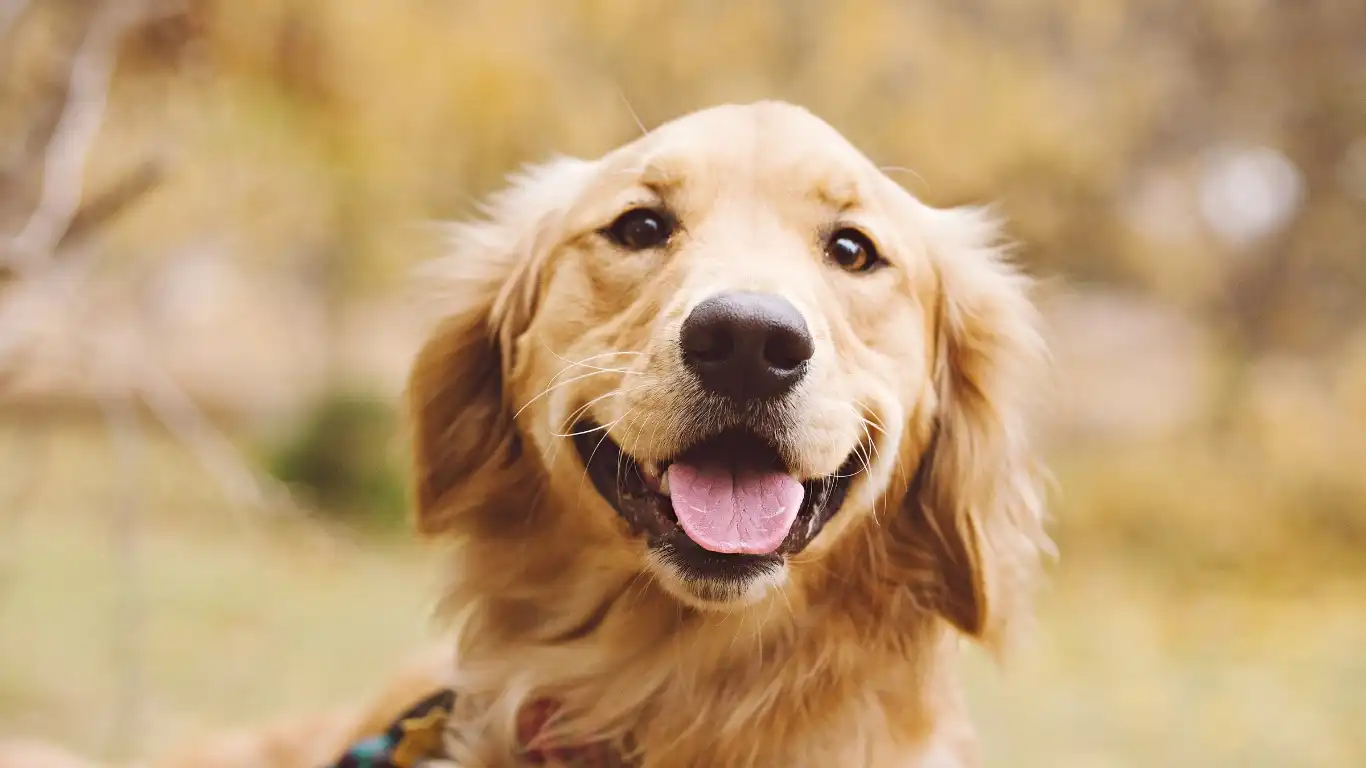
Start with a Calm Mindset
Here’s something I’ve learned from years of handling nervous dogs—how you start sets the tone for everything. Before you even turn on the tap, spend some time connecting with your pup. Go for a walk (burning off some energy can help), or just chill together for a bit. Calm dog, calm bath.
Brush Before You Bathe
Seriously, don’t skip this step. Not only does brushing help remove loose fur and prevent tangles (which can trap shampoo and irritate the skin), but it also becomes a calming ritual. Many dogs enjoy being brushed, and it transitions them gently into grooming mode. Plus, it keeps your drain from turning into a fur swamp.
Prep Everything First
- Have towels within reach
- Place shampoo and conditioner in arm’s reach
- Set water temperature ahead of time (lukewarm is best)
- Keep treats handy, and maybe even a lick mat loaded with peanut butter or yogurt
Trying to grab stuff mid-bath is like playing Twister with a wet, slippery dog. Trust me—prep saves chaos.
Step 5: The Bathing Technique That Works
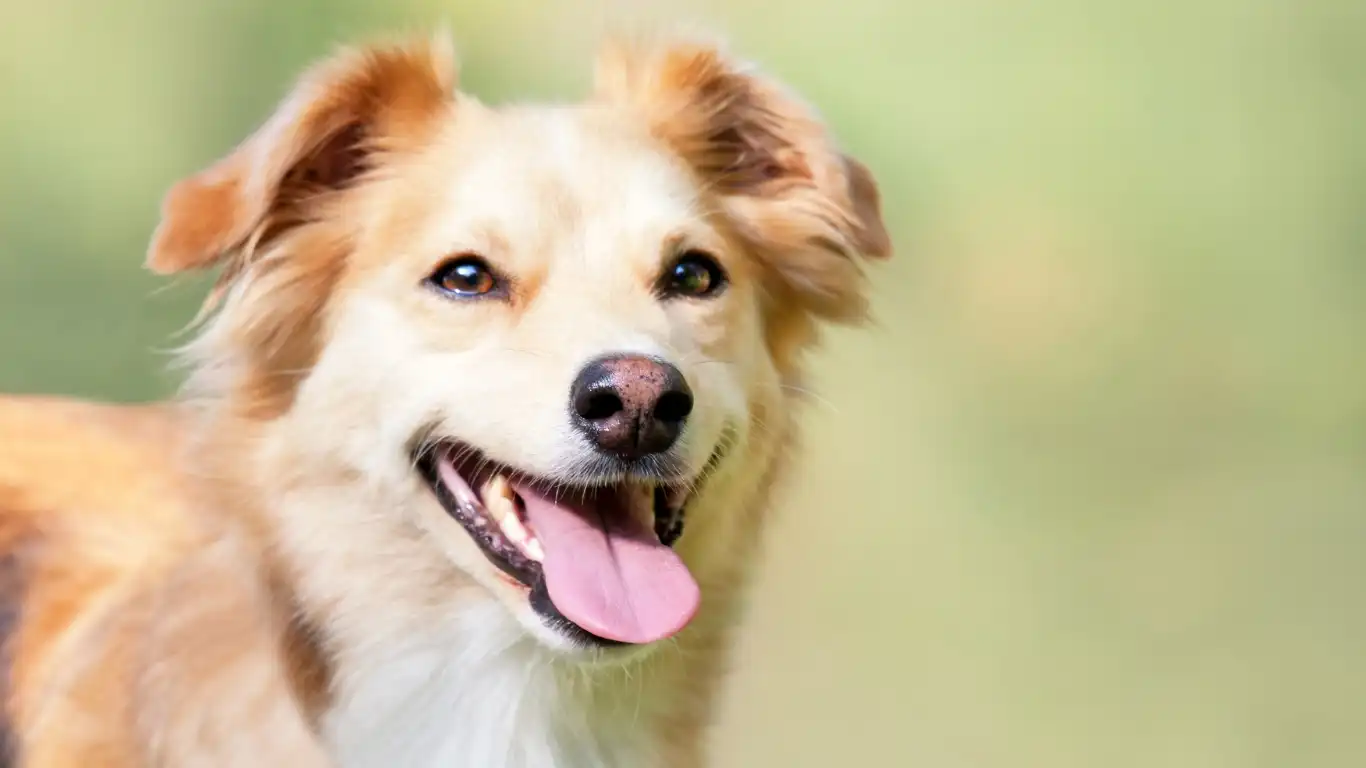
Start from the Bottom, Not the Head
One of the biggest mistakes I see pet parents make when learning how to bathe a dog that’s afraid of water is going straight for the head. Don’t do it! Always begin at the back legs or tail area, using gentle water pressure, and gradually work your way up. Keep the sprayer or cup close to the skin to avoid splashing sounds.
Skip the Face for Now
Instead of going at their face with a sprayer (which most dogs absolutely hate), use a soft, damp cloth to gently wipe down their eyes, muzzle, and ears. Avoid getting water into their ears at all costs—it can cause discomfort and lead to infections. Cotton balls placed gently in the ears can help, but don’t push them in too far.
Use the Right Shampoo
Stick with something gentle, ideally pH-balanced for dogs. Some shampoos even have lavender or oatmeal, which can be naturally calming. Avoid anything overly scented or made for humans—it can irritate their skin and add to their discomfort.
Don’t Rush the Rinse
This is where a lot of folks cut corners, but it’s super important—rinse thoroughly. Any leftover shampoo can cause itchiness or skin issues later on. Keep a slow, steady rinse going and talk to your dog as you work through it. Even just your voice can soothe them through the process.
Step 6: Post-Bath TLC
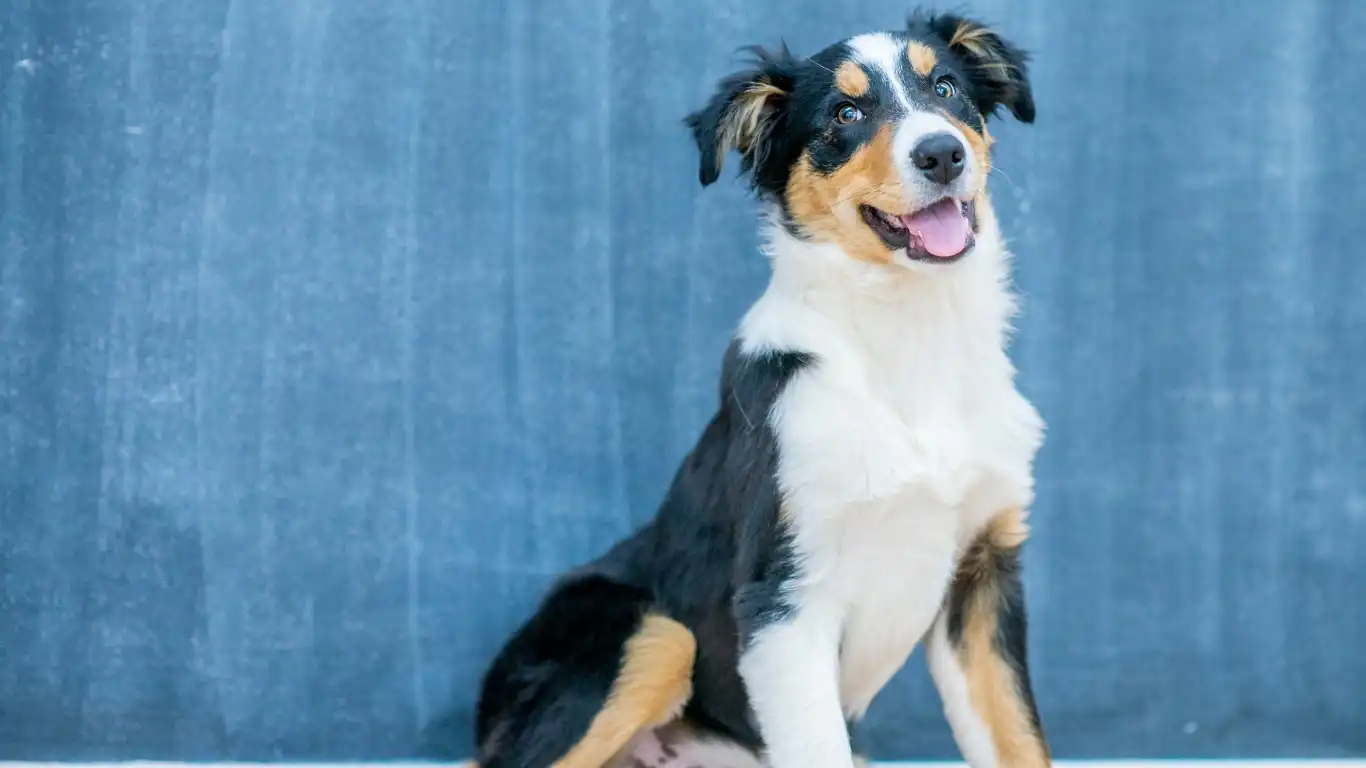
Towel Dry Like a Pro
Skip the aggressive rubbing—go for gentle blotting. Most dogs aren’t huge fans of being towel-dried if it feels like they’re in a wrestling match. Use large, absorbent towels and press the moisture out. You can even wrap them up like a burrito to calm them down. I do this often in the clinic—it works wonders.
Blow Dryer or Nah?
If your dog is cool with a blow dryer, use the lowest heat and noise setting. Introduce it slowly—turn it on near them first while offering treats. If they seem panicked, skip it. A stressed dog isn’t worth the faster dry time. Instead, use multiple towels and allow them to air-dry in a warm room.
Make It a Celebration
After the bath, it’s reward time! Treats, toys, snuggles—whatever your pup loves most. Reinforcing the experience with positive vibes makes it easier next time. For my own water-wary rescue, I always end with her favorite chew and a cozy blanket. Now she tolerates bath time knowing what comes after.
What If They’re Still Too Scared?
Every Dog Has Their Limits
If your dog is still acting terrified even after all the prep, don’t feel defeated. Some dogs need more time—and that’s totally okay. For especially sensitive pups, it might help to:
- Break the bath into short sessions (just a quick rinse one day, shampoo the next)
- Use pet wipes or dry shampoo between full baths
- Try professional groomers who specialize in fear-free handling
Talk to Your Vet or Behaviorist
If you’re stuck, don’t hesitate to reach out to your vet or a certified dog trainer. I’ve worked with behaviorists to develop desensitization plans for ultra-nervous dogs, and the results can be amazing with consistency. Remember, this is about building trust and safety—not forcing compliance.
And Sometimes… It’s Not a Bath They Need
Let’s not forget—dogs don’t need baths as often as we think. Overbathing can strip natural oils and make their coat worse. So if your dog rolled in something gross but is panicking at the thought of water, a sponge bath or spot clean might be just fine for now.
Step 7: Create a Long-Term Plan for Progress
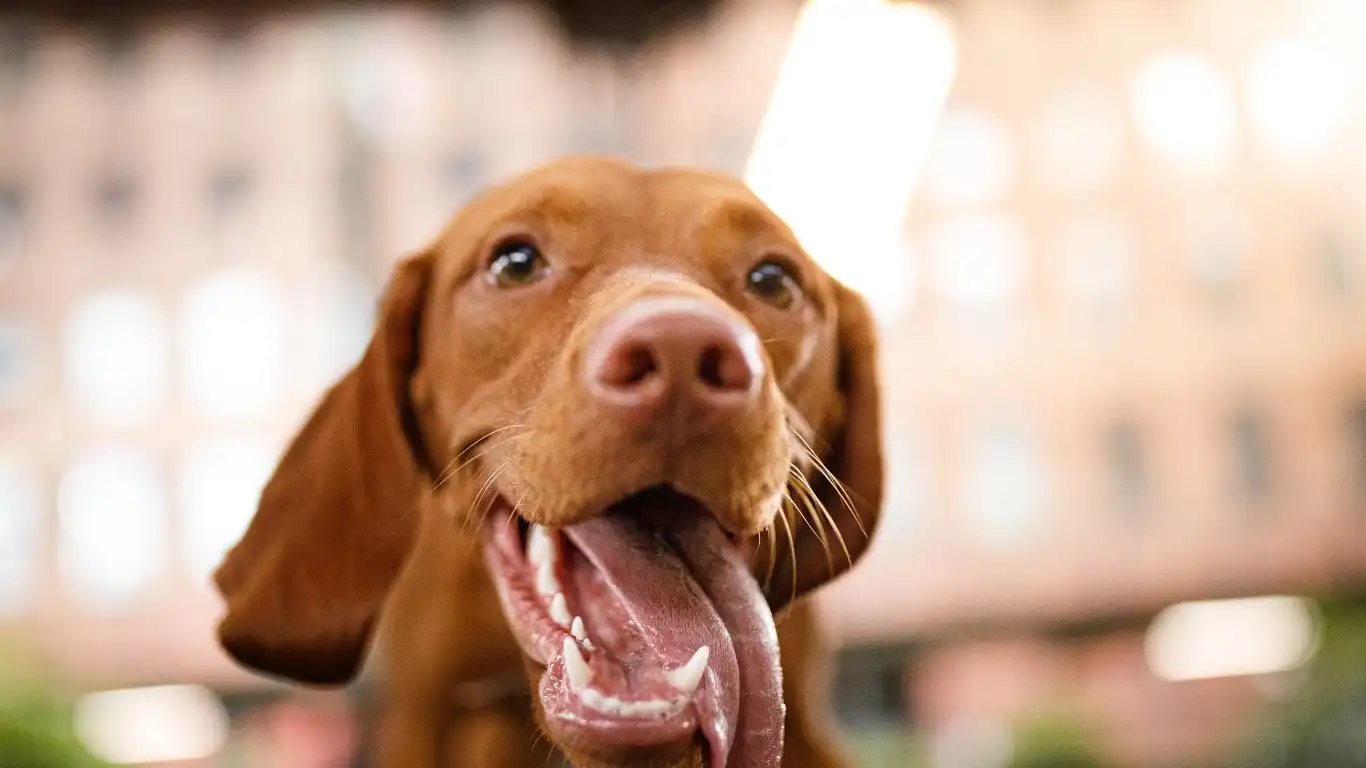
Consistency Is Key
Let me be totally honest—when I first started working with anxious dogs, I wanted fast fixes. But I quickly learned that helping a dog overcome fear is a marathon, not a sprint. If your dog is afraid of water, one positive bath won’t magically fix everything. You’ve got to repeat these positive experiences consistently.
Think of each bath like a tiny deposit into a “trust bank.” Over time, those deposits build up until bath time becomes less about fear and more about routine. That’s what I saw with a golden retriever named Bailey—she went from hiding under the exam table to hopping into our grooming tub willingly, just because we were consistent and gentle every time.
Stick With a Routine
Dogs thrive on predictability. Try to bathe them around the same time of day, using the same setup, tools, and even music (yes, calming background tunes work wonders!). If you only give baths when they’re filthy or anxious, it reinforces the association with discomfort. Make it a regular, chill event—even if it’s just a quick rinse or paw wash.
Track Their Reactions
Keep a mental (or physical) note of what worked and what didn’t. Was your dog calmer with a peanut butter distraction? Did they panic when the water was too loud? Adjust accordingly. Every dog is different, and personalizing the approach shows you’re really tuned into their needs—*and that’s what earns trust.*
Additional Tips for Sensitive Pups

Use Desensitization Training
If your dog is still showing signs of serious anxiety, consider a basic desensitization strategy. Here’s a mini plan I’ve used in-clinic and at home:
- Start by just bringing your dog into the bathroom and rewarding calm behavior. No water yet.
- Introduce sounds—run the tap for a few seconds while offering a treat.
- Once that’s no big deal, start wetting a washcloth and gently touching them with it.
- Gradually increase exposure until an actual rinse doesn’t send them into a spiral.
This step-by-step method builds confidence slowly and prevents that “fight or flight” reaction. Just be patient. Some dogs take days, others weeks. And that’s okay.
Try Natural Calming Aids
As a vet tech, I’ve worked with dogs that benefit from calming supplements or pheromone sprays. Products like Adaptil (which mimics dog-appeasing pheromones) can really take the edge off. You can also look into calming chews or supplements with ingredients like L-theanine or chamomile. Always check with your vet first, of course. I usually recommend clients look into options vetted by sites like PetMD or even review clinical info via NIH if they want to nerd out like I do.
Don’t Overdo It
Bathing too often—especially if your dog is anxious—can backfire. It can lead to skin dryness and increase their aversion. Unless they’ve rolled in something gnarly, aim for a full bath every 4–6 weeks, or even longer depending on their coat type. In between, spot cleaning and paw wipes are your best friends.
Keep the Momentum Going After the Bath
Reinforce Confidence Outside the Bath
This part is often overlooked, but it’s HUGE. Reinforce bravery and calmness throughout daily routines—not just in the tub. Praise them for walking into the bathroom, or even for standing calmly when you run the sink. These tiny moments build long-term confidence. I’ve had owners come back weeks later amazed their dog now naps in the bathroom. Progress!
Turn Post-Bath Time Into a Ritual
Post-bath snuggles, drying off with their favorite towel, then relaxing with a chew toy or lounging in the sun—make it a thing. That kind of repetition makes bath day something they can anticipate with less dread and more reward. My old dog Luna used to trot around proudly after every bath, just because we turned it into a cozy bonding session afterward.
Final Thoughts on Earning Their Trust
It’s About Connection, Not Perfection
If I’ve learned anything in my career, it’s that trust is everything. When you’re helping a dog face a fear—especially something as instinctively uncomfortable as water—you’re not just bathing them, you’re strengthening your bond. That’s why it’s so important to approach each bath with patience, empathy, and a calm heart.
You’re Their Safe Space
No fancy grooming tool or five-star product can replace your presence. Be their safe space during the scary parts. Talk softly, move slowly, and don’t be afraid to laugh at the mess along the way. It’s okay if it’s not perfect. What matters is that they feel safe enough to try again next time.
References
Disclaimer
This article is intended for informational purposes only and is not a substitute for professional veterinary advice, diagnosis, or treatment. Always consult your veterinarian or a qualified animal behaviorist before making changes to your pet’s routine, especially if they are experiencing fear-based behavior or medical issues.
